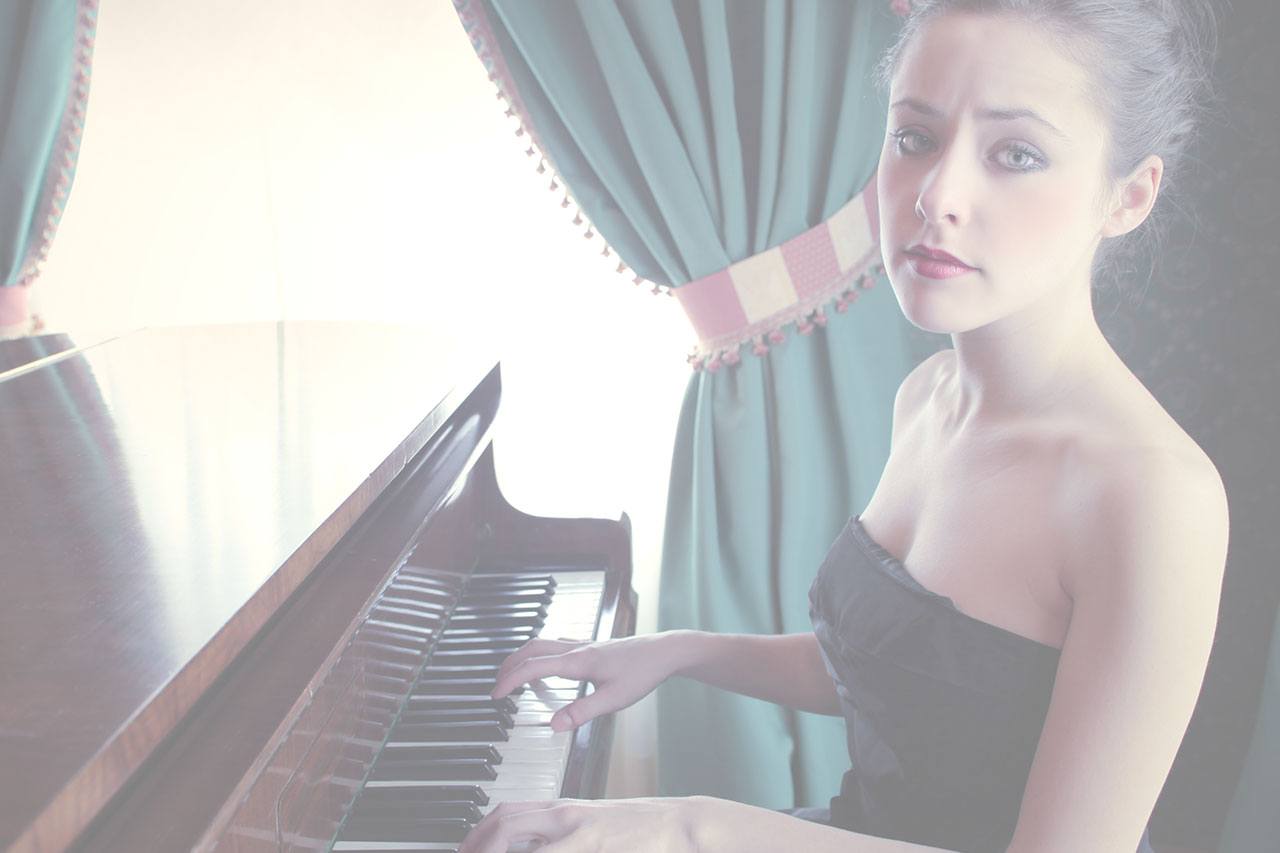There are many advantages attached to playing the piano. Piano-playing can be a valuable source of joy and escapism. Various studies have emphasised the benefits of playing the piano, linking it to improvements in our emotional and physical health. Pianos have been found in homes all across the world for over two centuries, and have helped strengthen communities, bring families close together and enrich the lives of people from all walks of life. Piano experts can help you find the perfect piano for your needs, preferences and budget. There are many different shapes, sizes, designs and styles to choose from. Read on to find out more about the various different types of piano available to you.
Vertical pianos take their name from their heights, which tend to be within the 36-60 inch range as well as the way the strings are positioned. This tends to be the most popular type of piano thanks to its compact nature, affordability and warm tones. Vertical pianos have hammers that strike horizontally or outwards, which means they can take a little longer to return back to their resting positions compared to grand pianos. Although uprights will normally cost less, some are more expensive than grand pianos. Some of the more expensive vertical pianos are able to match grand pianos for volume and tone quality.
There are a number of types of vertical piano available. The spinet is the smallest and is ideal for those with limited space. The console is available in many different finishes and styles and is capable of producing enhanced tones. The studio piano is the kind of vertical piano you might find in a school or a studio environment. It features a sizeable soundboard, with its larger strings offering pleasing tone quality. The tallest vertical piano is the full-size or professional piano. This piano requires a great deal of care, but if you do provide it with the maintenance it requires you will be able to derive many years of joy and exceptionally rich sound quality from it.
Grand pianos are incredibly prestigious and tend to be incredibly expensive. They are sometimes called horizontal pianos and feature horizontal soundboards which sit in supportable opening platforms. They feature dampers that sit on top of the strings next to the hammers. The soundboard support base is visible and made from reinforced wood. Keys will normally be manufactured from wood and ivory, and the piano will feature a retractable cover for the keys. Grand pianos are noted for their fine tones and highly-responsive keys.
The petite grand is the smallest grand piano, yet you may be amazed to hear how powerful it can be. The baby grand is ideal for those seeking an affordable solution and also offers great sound. Other types of grand piano include the medium, semi-concert grand and the biggest and most sought after of all, the concert grand.
The electric piano as we know it today was first unveiled in the early 1980s. Prior to the arrival of the electric piano, amplification was achieved by adding pick-ups to conventional pianos. Electric pianos are incredibly light compared to their acoustic counterparts, and you can expect sound quality to improve the more you invest. These instruments are great for new piano players or those that need a solution that they can transport with ease. Electric pianos often offer a number of sounds, replicating choirs, organs, stringed instruments, guitars and more. One advantage of electric pianos is that they don’t need to be tuned. Connectors for pedals are often built in, and they can often interact with computers. Electric pianos can also be played via headphones, which means players can practice without disturbing others.
Some of the reasons people choose acoustic pianos over electric instruments include the dynamic and tonal range on offer as well as the level of responsiveness. This doesn’t mean that you cannot become a proficient player by using a digital or electric keyboard or piano. Many people opt to buy second-hand instruments or rent them in order to get around issues of affordability. Whether you are buying your first piano or are looking to add to or replace your instrument, there are many excellent options available.

